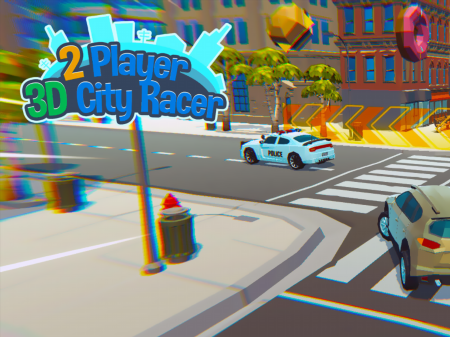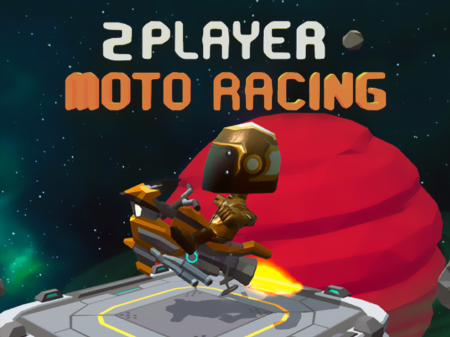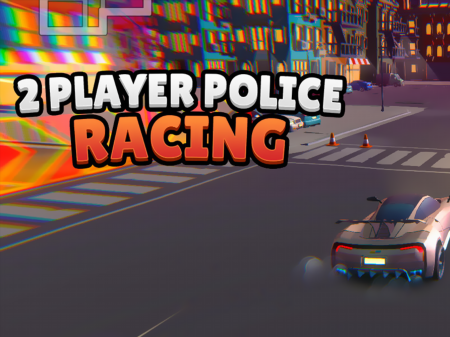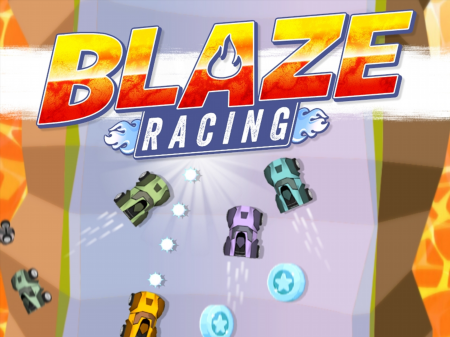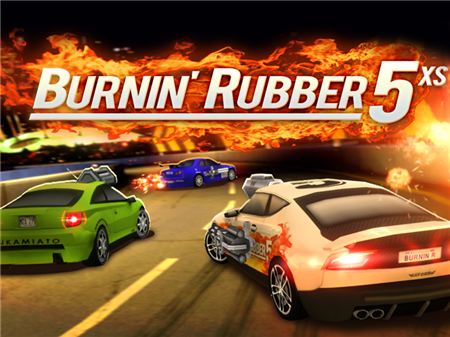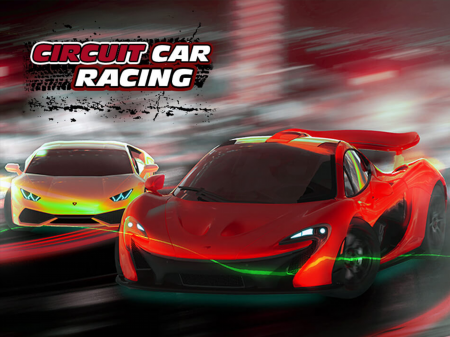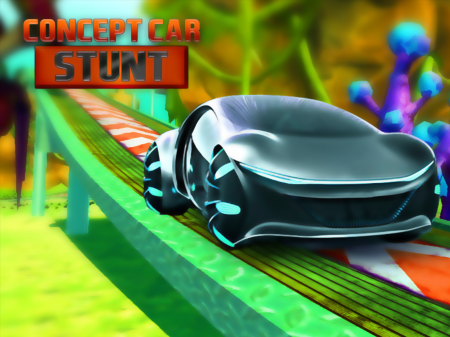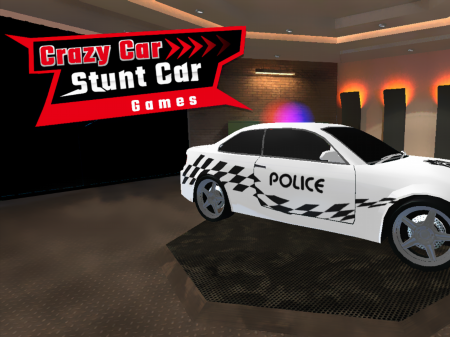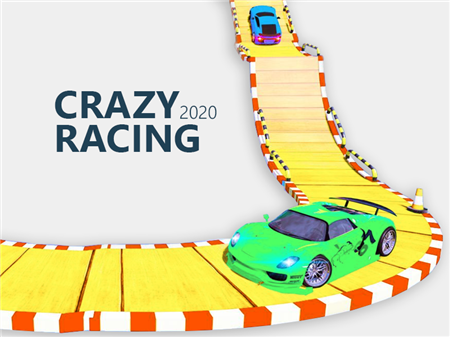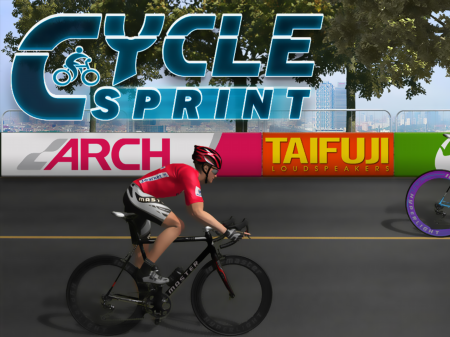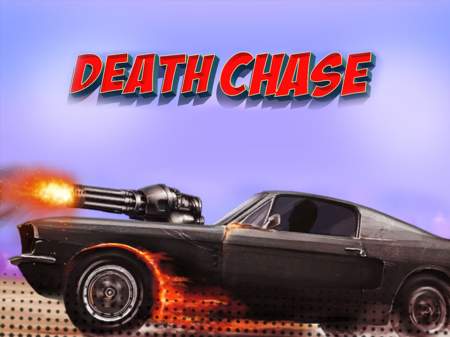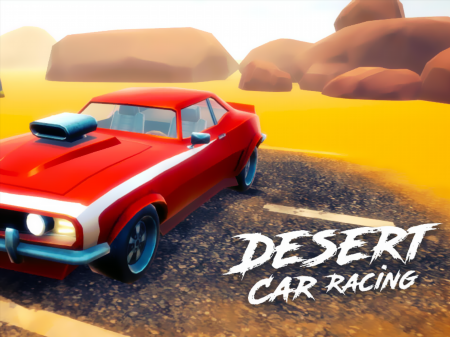The development of gaming racing is a fascinating and large-scale story that has been going on for over 50 years. During this time, the genre of racing as such arose, its subgenres formed, and the companies had their ups and downs. And what in the distant 70s of the XX century began with a couple of pixels moving across the screen, by our time has grown into a whole direction of games dedicated to cars.
Racing in the real world has been of interest to people since ancient times. Even before our era, chariot competitions were held in ancient Greece and ancient Rome. Those who skillfully managed horses and owned the fastest of them enjoyed special honor among the nobility. Despite the advent of cars, horse racing is still popular today. It is not surprising that in the era of active development of video games, many developers decided to transfer racing to the screens. Remarkably, the events of the first racing game did not take place on Earth, not on a computer, and not with the participation of cars. But they aroused unprecedented interest from both gamers and gaming companies.
The first game race was released by Atari in 1973, called Space Race, and was a two-person arcade machine. Its graphics were simple: against a black background of outer space, two white ships were flying, avoiding asteroids and competing with each other. The task of the players was to reach the top of the screen as many times as possible in the allotted time. In a collision with an asteroid, the ship returned to the start, and it could only be moved up and down. The one who scored the most points became the winner.
The modern genre of racing can be divided into two categories: realistic simulators and arcade racing. Among the former, motorsport simulators and simulators stand out, in which the interaction with the car comes to the fore rather than the competitive part. Motorsport simulators are different:
- Maximum realism of transport, tracks, the world around, and tuning;
- Believable physics;
- The opportunity to lead a career;
- Compete with other racers controlled by AI or real people.
For such projects, gamers often buy special steering wheels, pedals, gearboxes, car simulator seats, and other accessories for maximum immersion in the virtual world of speed.
Car simulators are no less realistic, and somewhere even more detailed. The goals of the races of this subgenre depend on each specific game: in them, you can repair vehicles, transport goods over long distances, complete various tasks in harsh conditions, learn traffic rules, and much more.
Arcade racing, as opposed to realistic simulators, is more aimed at getting pleasure and fun from the driving process and is intended for a wide audience. Races of this genre differ significantly from each other in graphics, physics of the behavior of cars, and gameplay. It is conditionally possible to distinguish arcade racing for adults and arcade karts. In the first sub-genre, gamers are given the opportunity to destroy cars and the world around them, fight other players with weapons while driving, race with incredible obstacles, and do everything with cars that cannot be done while driving a real car.
Arcade karts are often based on popular universes and media franchises — cartoons, games, or books. The main mechanics of their gameplay is the collection and use of bonuses during races that can strengthen the participant, give them a weapon, or slow down the enemy. The graphics of such races tend to be cartoonish, the physics and gameplay are simplified, and the gameplay is dominated by fun and ease of control.
Modern browser-based Racing Games are replete with many projects aimed at a wide variety of audiences. Players can choose projects that are as realistic as possible or those that will entertain the whole family or group of friends for many evenings. In racing, you can become the driver of a sports car, motorcycle, bicycle, wagon, truck, monster truck, rally car, car, jet ski, and any other vehicle, even a horse-drawn cart! Whatever type of race you want to play, there is sure to be a suitable one!

